Irrigation
To irrigate is to water crops by bringing in water from pipes, canals, sprinklers, or other man-made means, rather than relying on rainfall alone.
GRADES
6 - 12+
SUBJECTS
Geography, Human Geography, Physical Geography, Social Studies, World History
PHOTOGRAPH
Irrigation Sprinkler
Farmers have used different methods to irrigate fields for hundreds of thousands of years. This type of circular sprinkler can be easily moved from one place to another by rolling it.
PHOTOGRAPH BY JAMES P. BLAIR

 PHOTOGRAPH
PHOTOGRAPH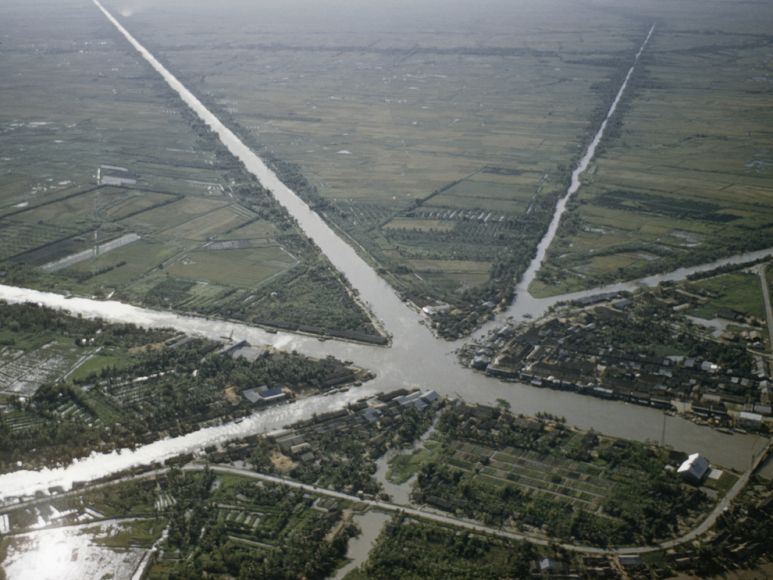 PHOTOGRAPH
PHOTOGRAPH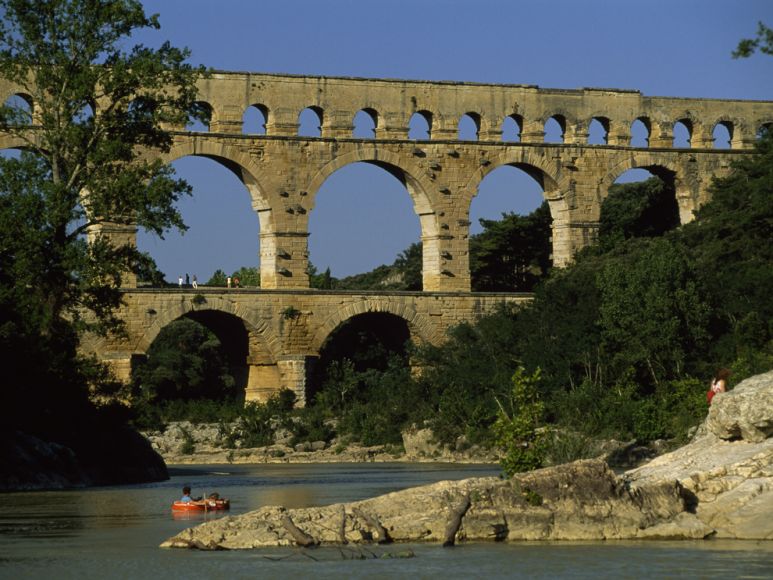 PHOTOGRAPH
PHOTOGRAPH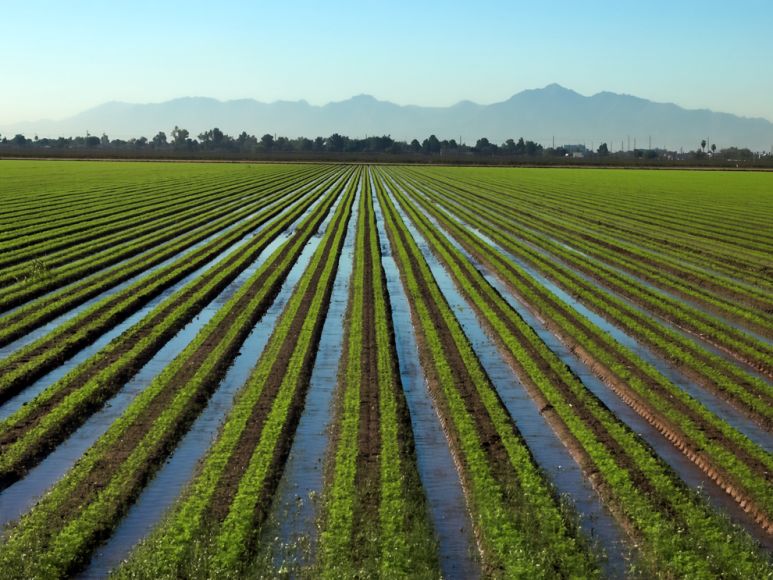 PHOTOGRAPH
PHOTOGRAPH PHOTOGRAPH
PHOTOGRAPH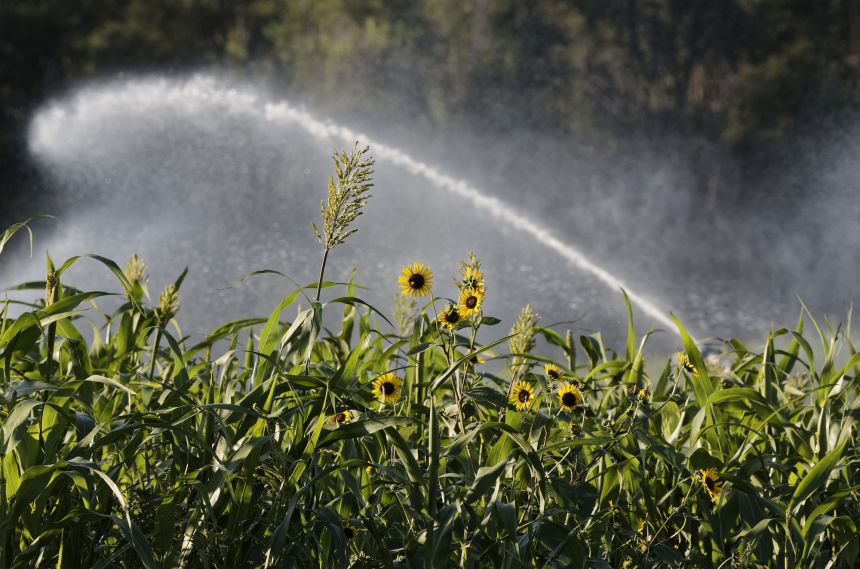 PHOTOGRAPH
PHOTOGRAPH
To irrigate is to water crops by bringing in water from pipes, canals, sprinklers, or other man-made means, rather than relying on rainfall alone. Places that have sparse or seasonal rainfall could not sustain agriculture without irrigation. In areas that have irregular precipitation, irrigation improves crop growth and quality. By allowing farmers to grow crops on a consistent schedule, irrigation also creates more reliable food supplies.
Ancient civilizations in many parts of the world practiced irrigation. In fact, civilization would probably not be possible without some form of irrigation. The earliest form of irrigation probably involved people carrying buckets of water from wells or rivers to pour on their crops. As better techniques developed, societies in Egypt and China built irrigation canals, dams, dikes, and water storage facilities. Ancient Rome built structures called aqueducts to carry water from snowmelt in the Alps to cities and towns in the valleys below. This water was used for drinking, washing, and irrigation.
Modern irrigation systems use reservoirs, tanks, and wells to supply water for crops. Reservoirs include aquifers, basins that collect snowmelt, lakes, and basins created by dams. Canals or pipelines carry the water from reservoirs to fields. Canals and pipelines, just like the ancient Roman aqueducts, often rely on the force of gravity. Pumps may also move water from reservoirs to fields.
Crops are irrigated by several methods: flooding an entire field, channeling water between rows of plants, spraying water through large sprinklers, or letting water drop onto plants through holes in pipes.
Letting water drop onto plants through holes in pipes, known as drip irrigation, is considered one of the most efficient methods of irrigation. Drip irrigation focuses the water onto the plant itself. Other methods can waste water by letting it absorb into the ground where there are no plants. Water can also evaporate into the air when sprayed through sprinklers.
Future of Irrigation
During the twentieth century, the amount of irrigated land in the world doubled. An estimated 18 percent of the worlds cropland is now irrigated. This expansion has occurred mainly in Asia, Africa, and South America. Even desert ecosystems like those in Jordan use irrigation. Jordan uses a variety of irrigation techniques with groundwater from wells and aquifers.
To help meet the worlds demand for food, more farmland and more irrigation may be needed. Many experts fear that the expanding use of irrigation in some areas will deplete aquifers, reducing the amount of freshwater available for drinking and hygiene.
The Aral Sea, in Central Asia, has been almost completely emptied by irrigation. In 1918, the Soviet government decided that the two rivers that fed the Aral Sea, the Amu Darya and the Syr Darya, would be diverted to irrigate crops of cotton, melons, and citrus in the deserts of Kazakhstan and Uzbekistan. Canals were poorly built, and much of the water went to waste. Before large-scale agriculture was introduced in the 1940s, the Aral Sea had an area of 68,000 square kilometers (26,255 square miles). Today, the Aral Sea is three separate lakes, with a combined area of fewer than 17,000 square kilometers (3,861 square miles).
The Aral Sea ecosystem has been nearly eliminated. The areas once-thriving fishery has been destroyed. Huge fishing vessels now sit abandoned in the middle of the salty desert.
Kazakhstan and Uzbekistan are working with environmental organizations to preserve what is left of the Aral Sea while still allowing farmers to irrigate their crops. Kazakhstan, for example, built a dam to retain water in the North Aral Sea, one of three lakes now in the area. Fish are slowly returning. Improved irrigation canals from the Amu Darya and Syr Darya also reduce the amount of water lost to agriculture.
FAST FACT
Irrigation in Oz
Australia has seen a boom in its agricultural production in recent decades, which means that it has also seen a huge increase in the use of irrigation. The Australian government estimates that 70 percent of the water used in rural Australia is used for irrigation.
Now officials must work to help conserve the country's water resources. One activity, called the 40 Hour Drought, encourages people to use as little water as possible for 40 hours. Doing this shows them what it would be like if water supplies dwindled, and is meant to reduce overall water use.

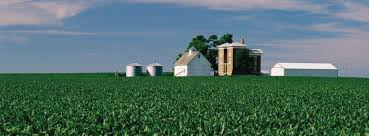
No comments